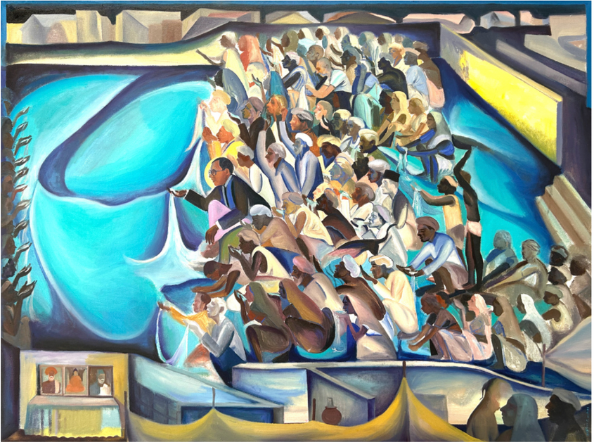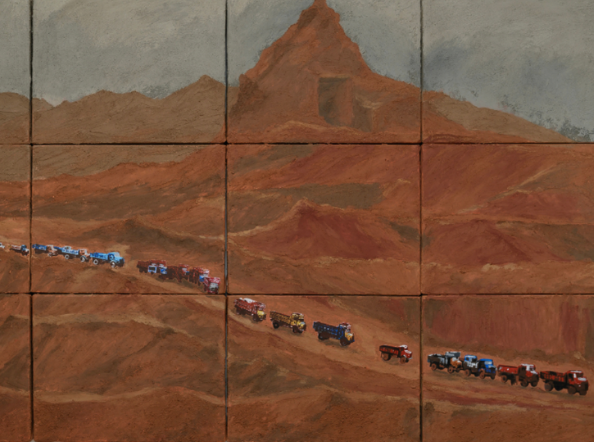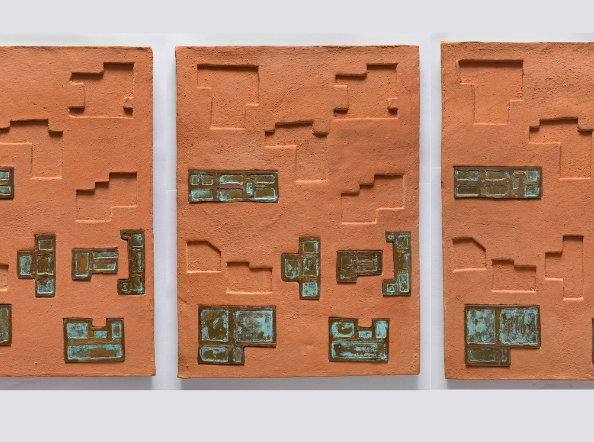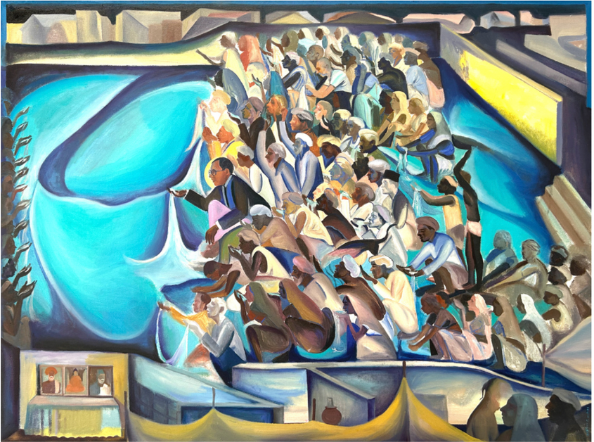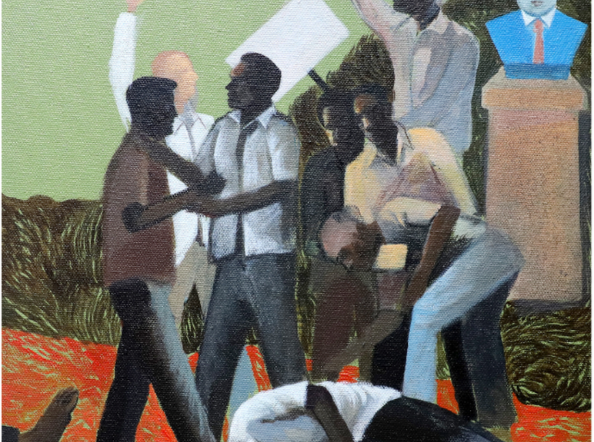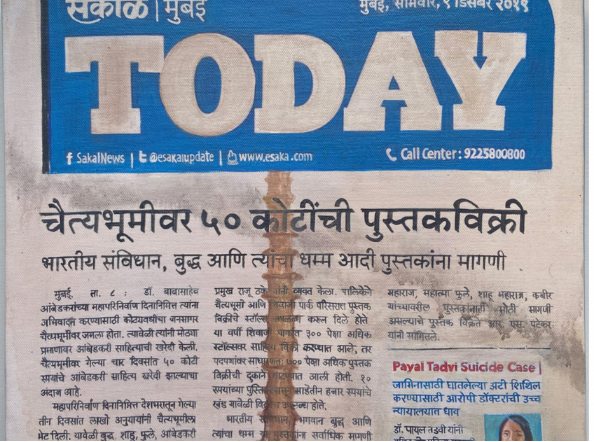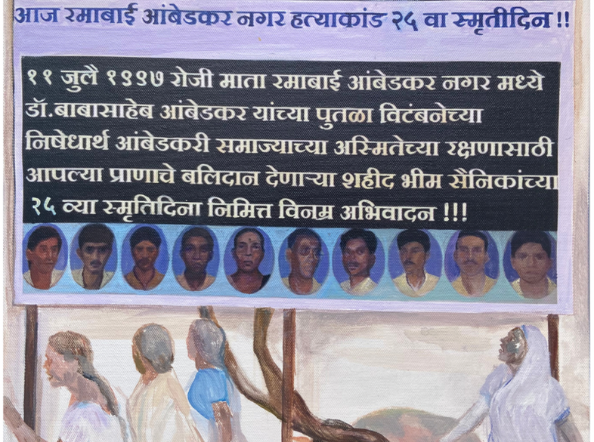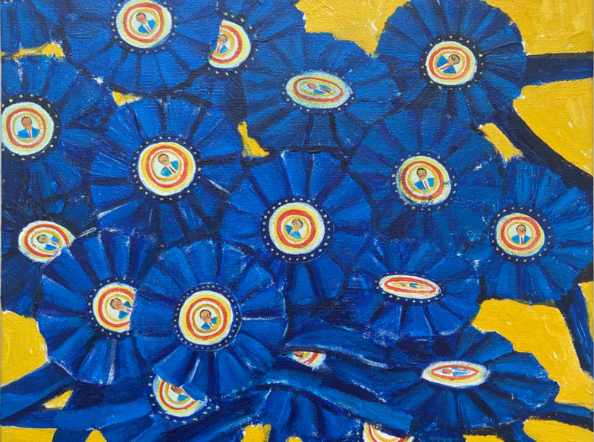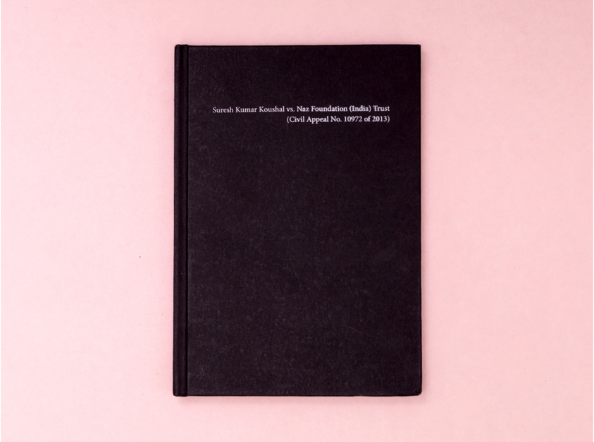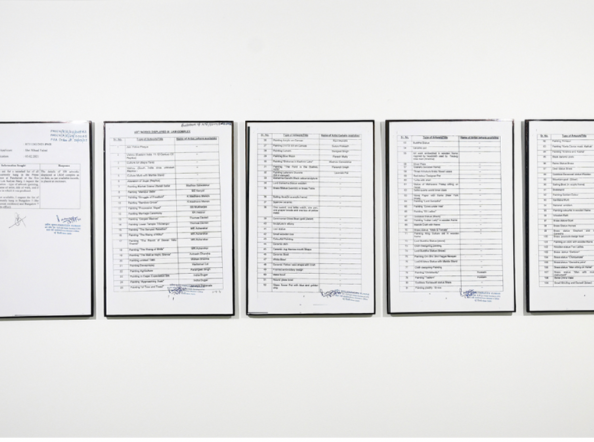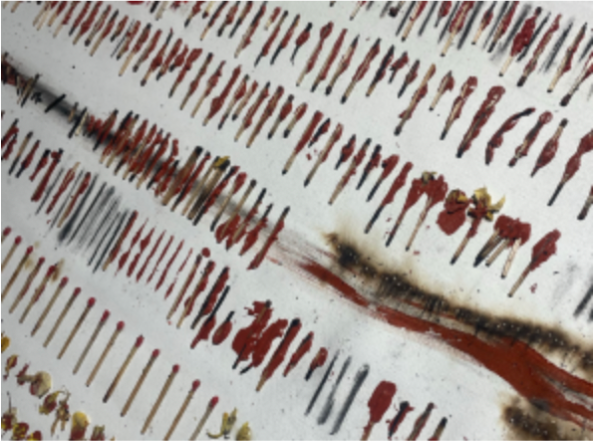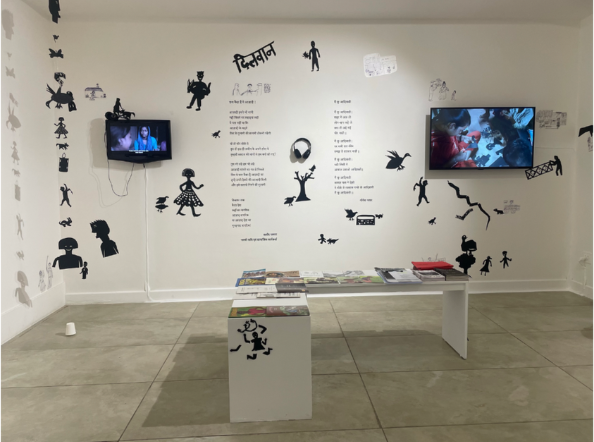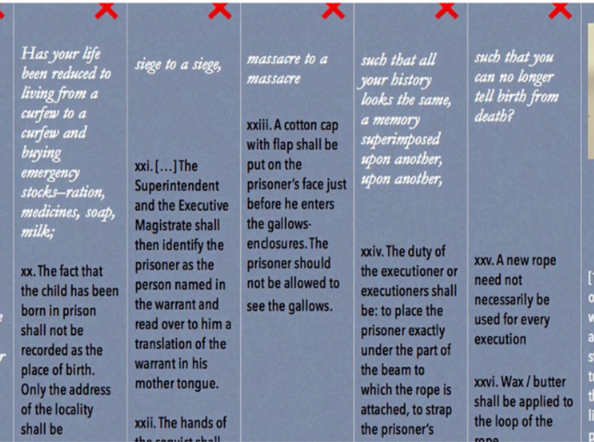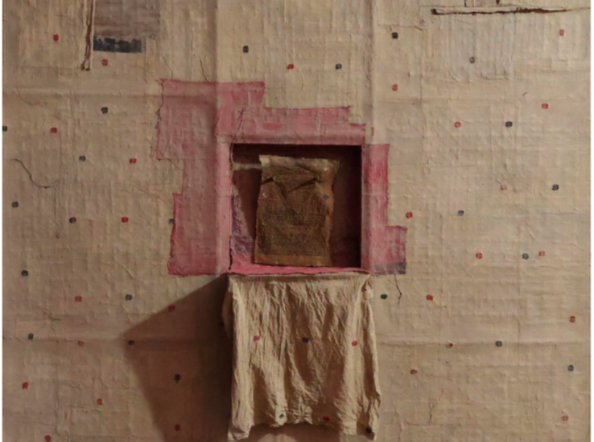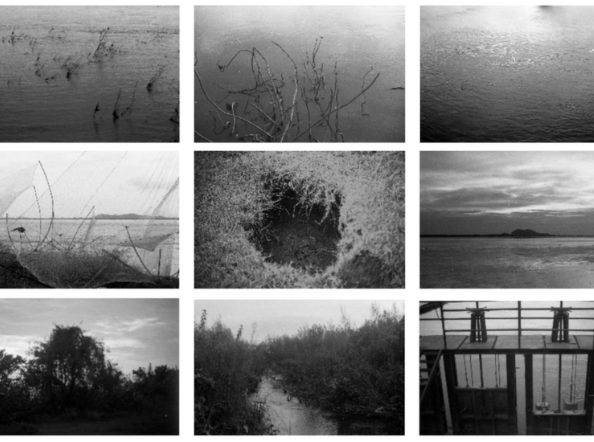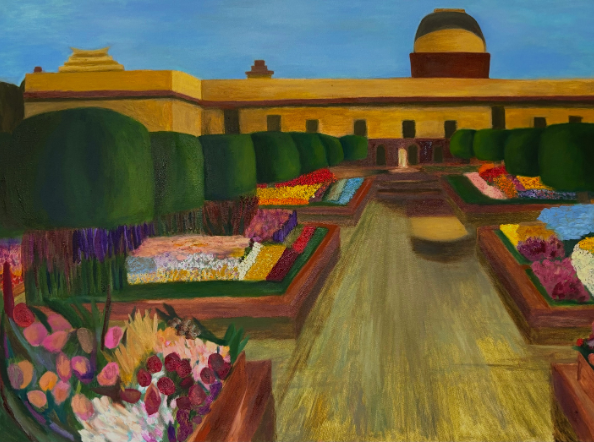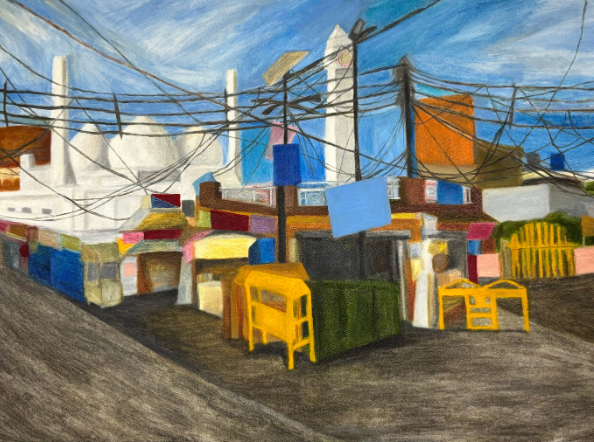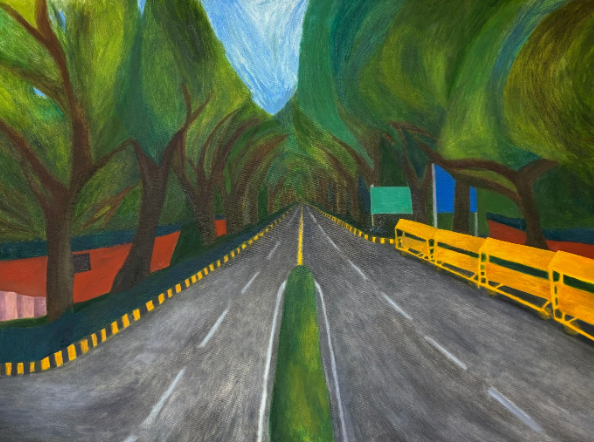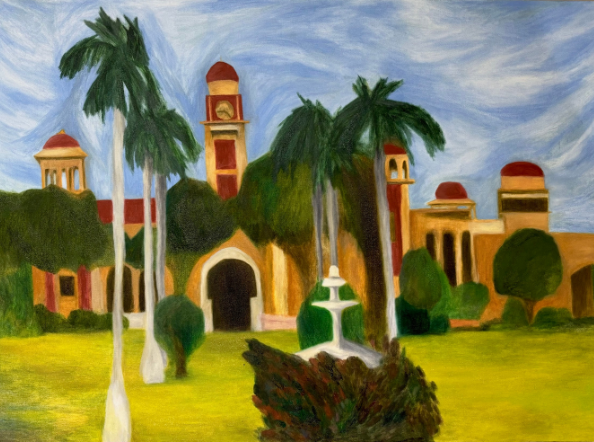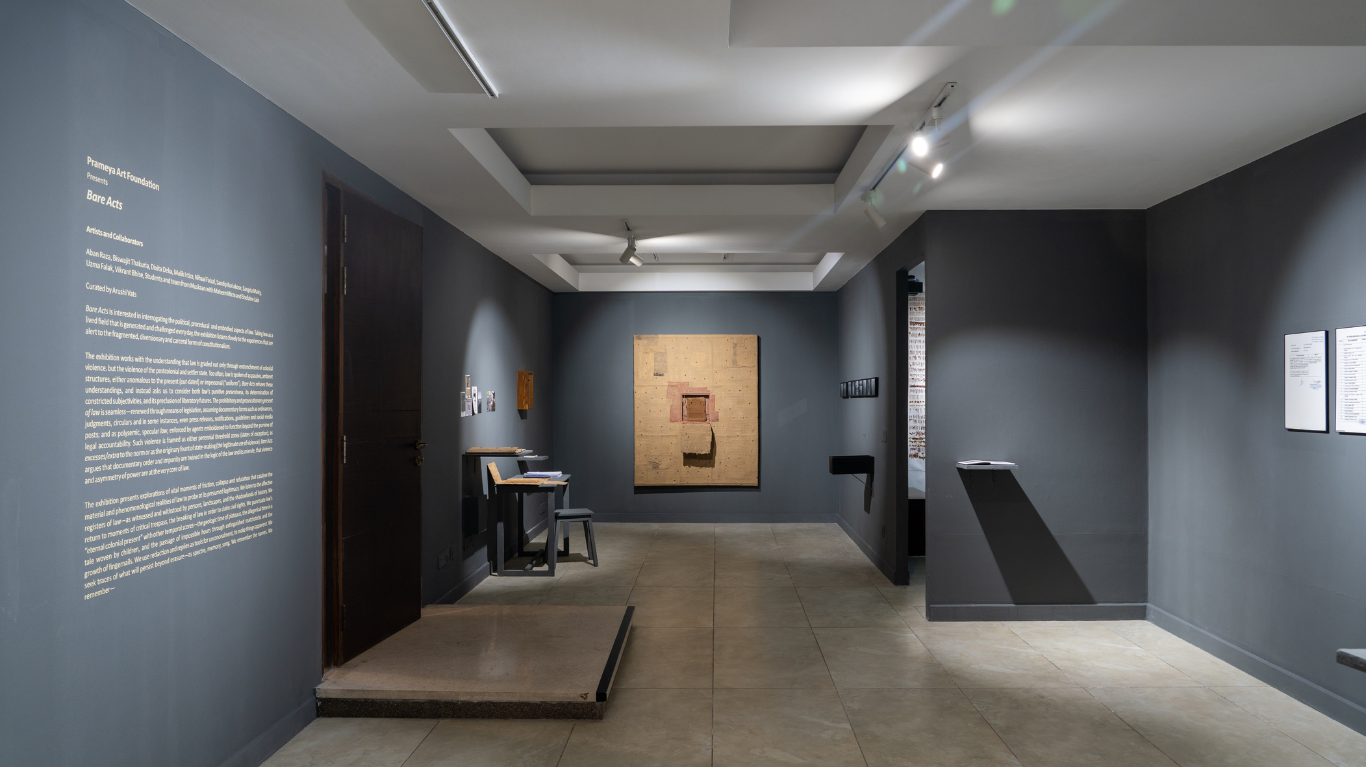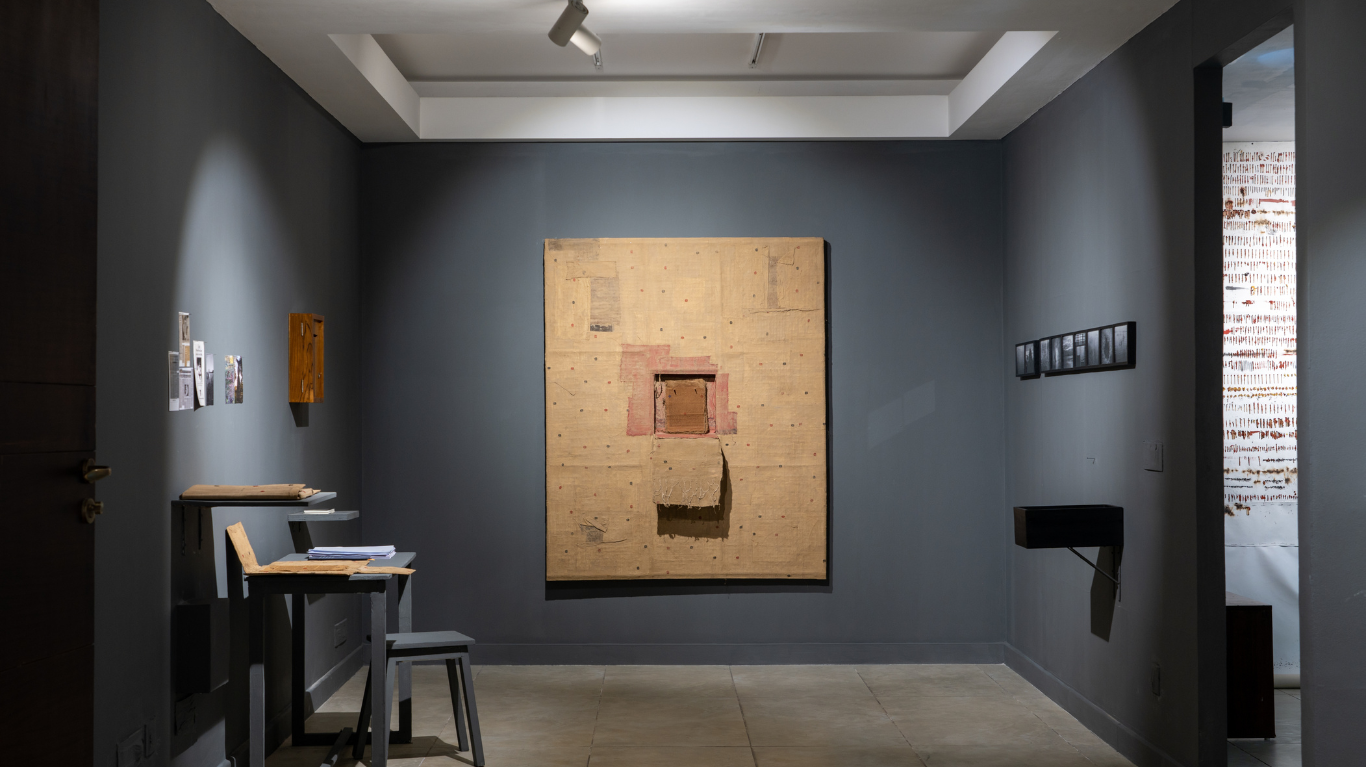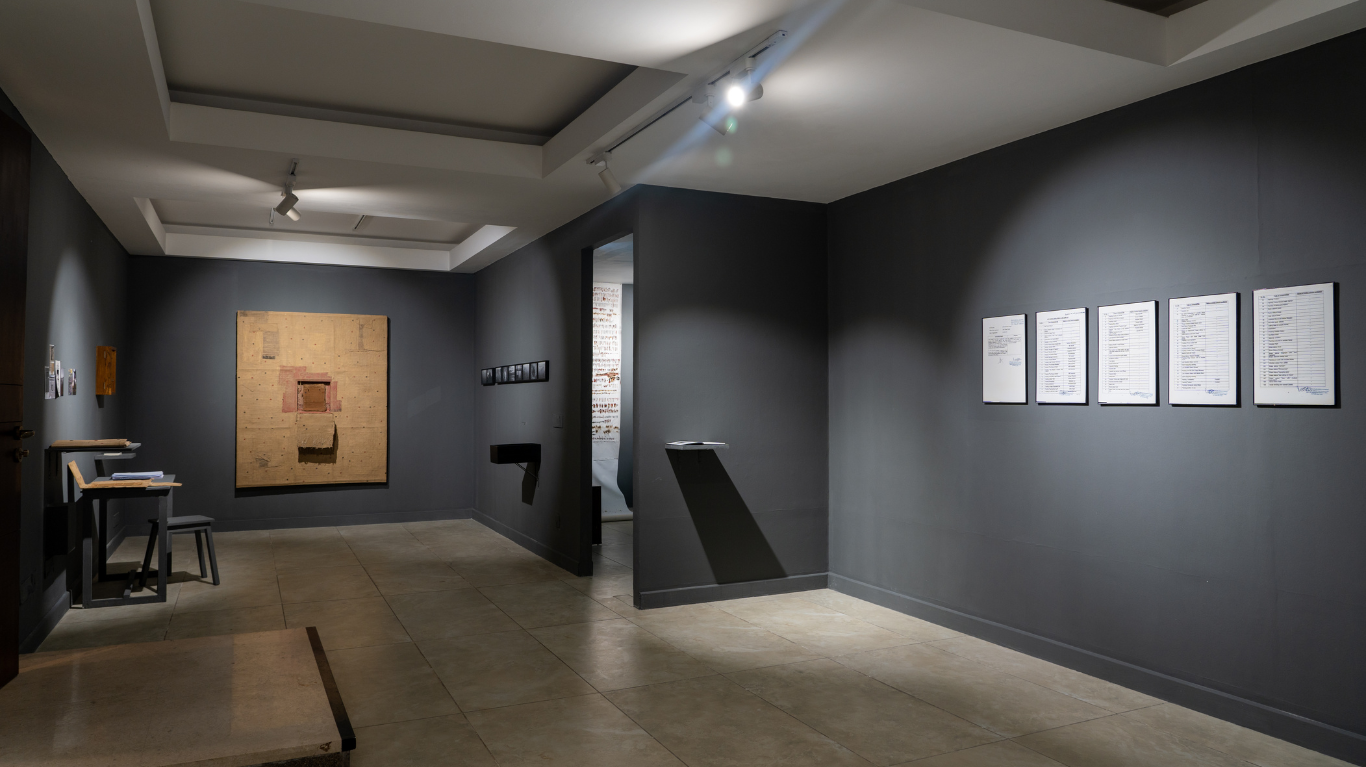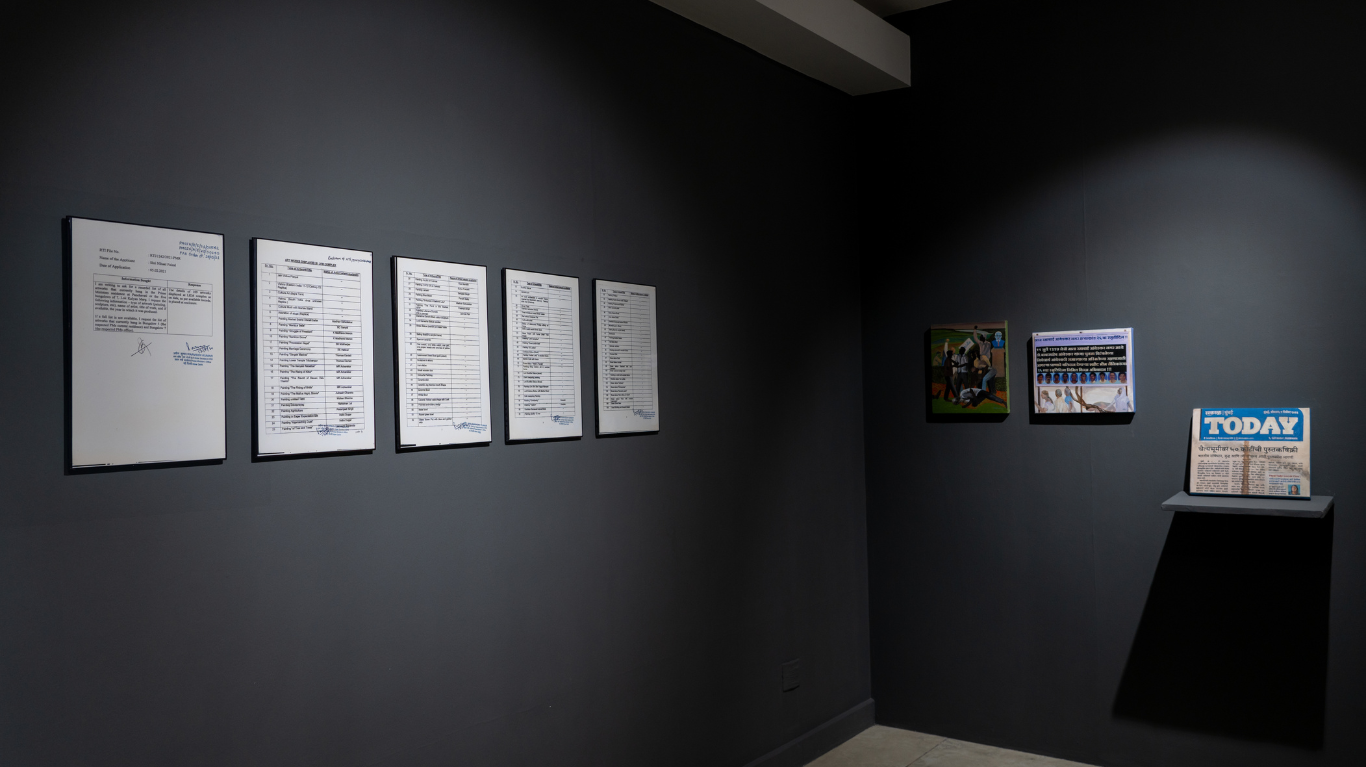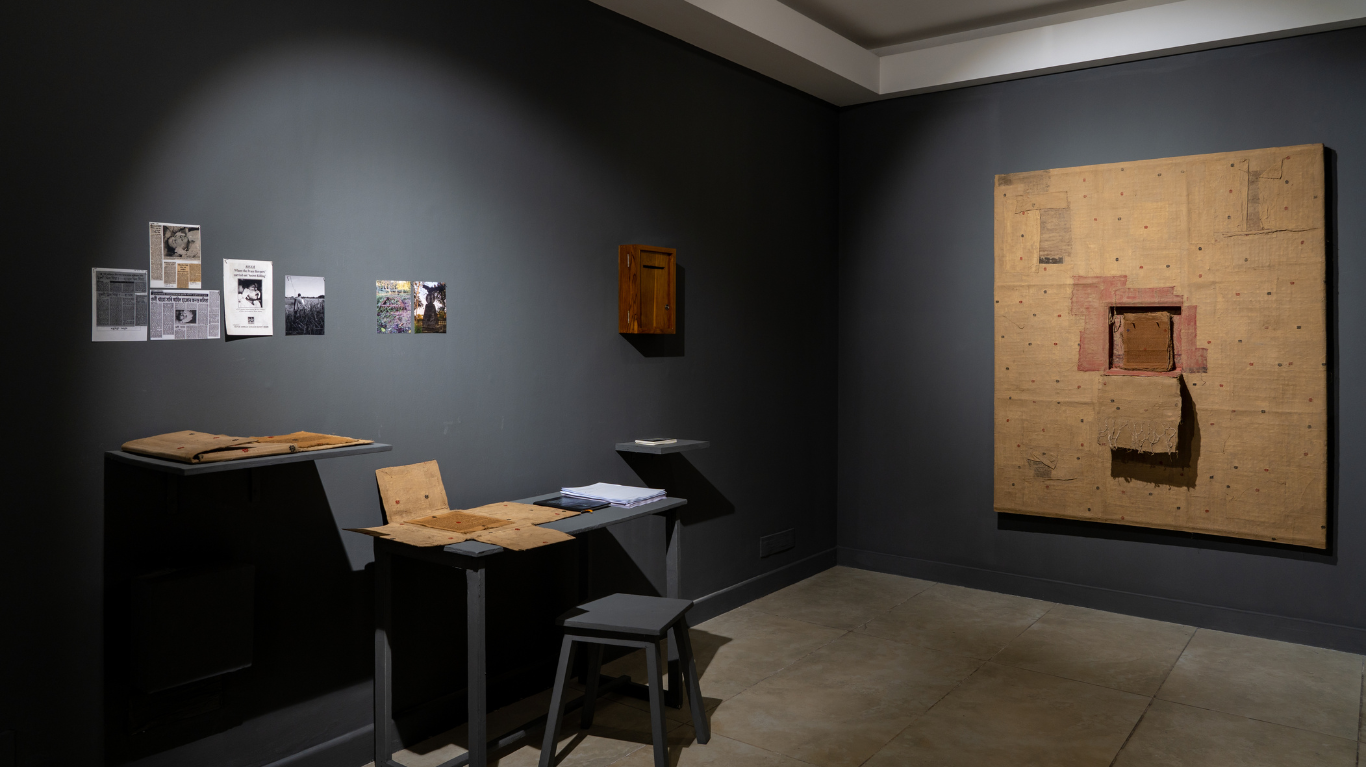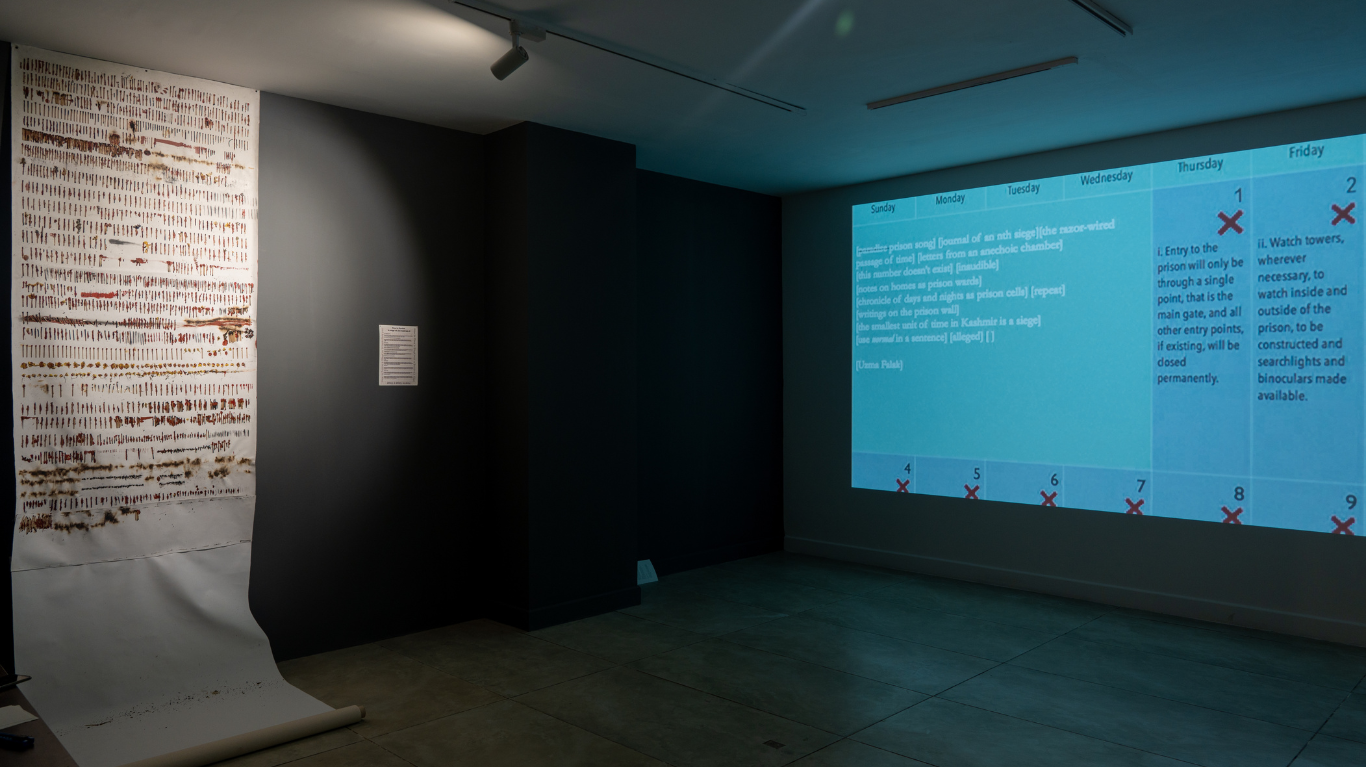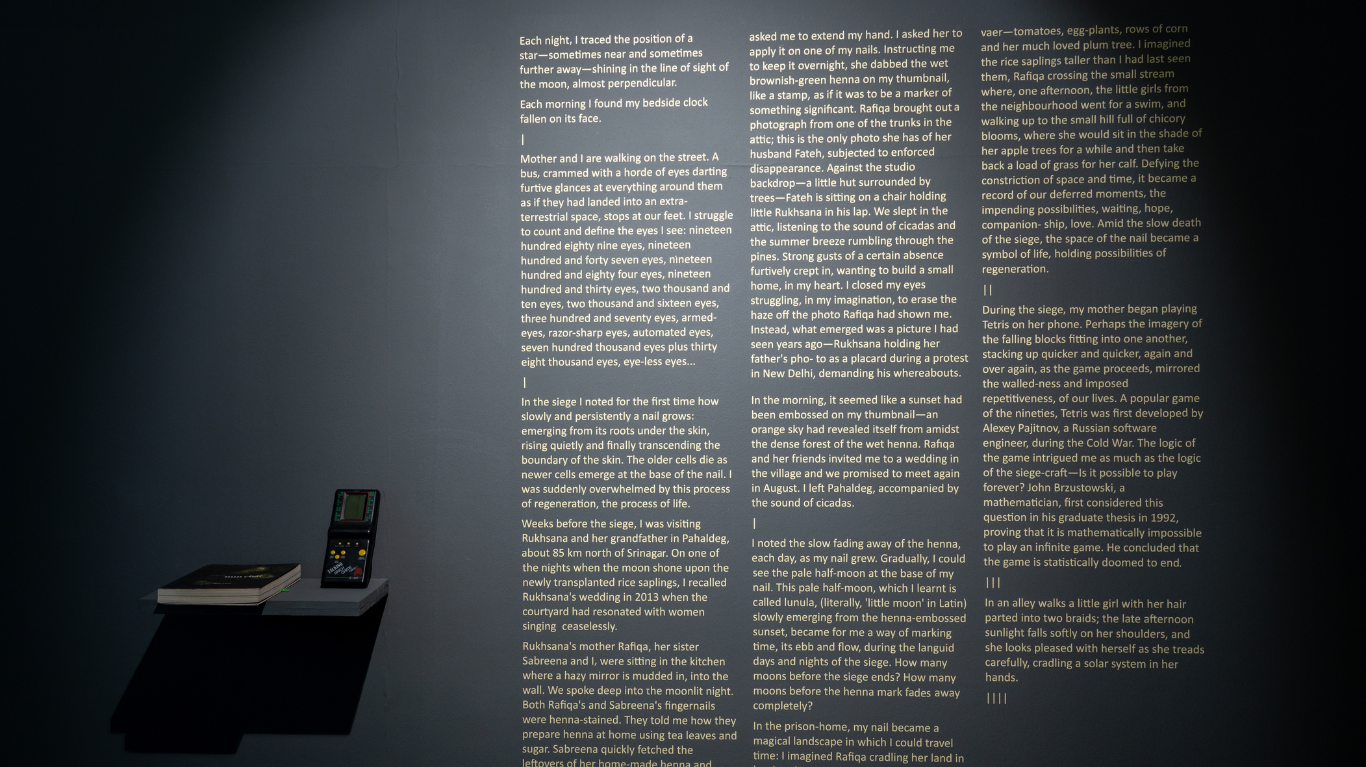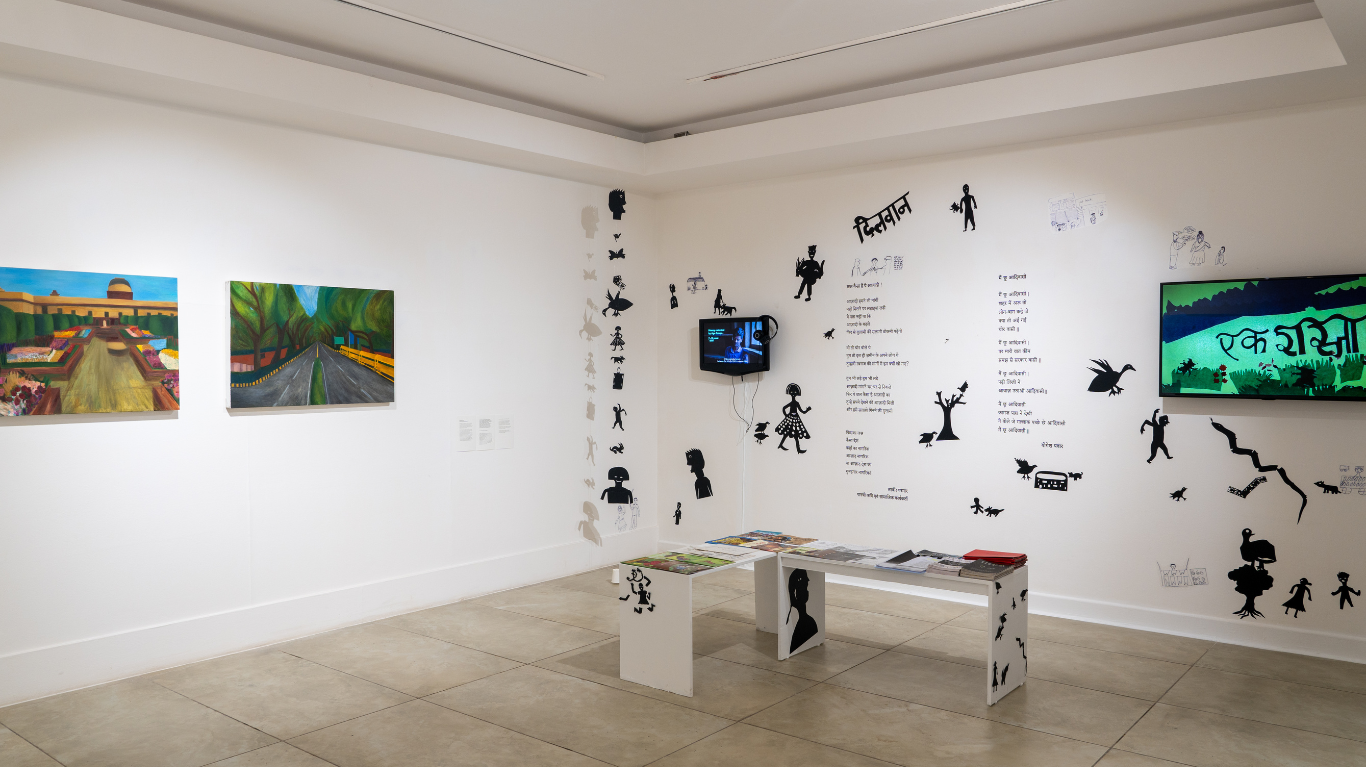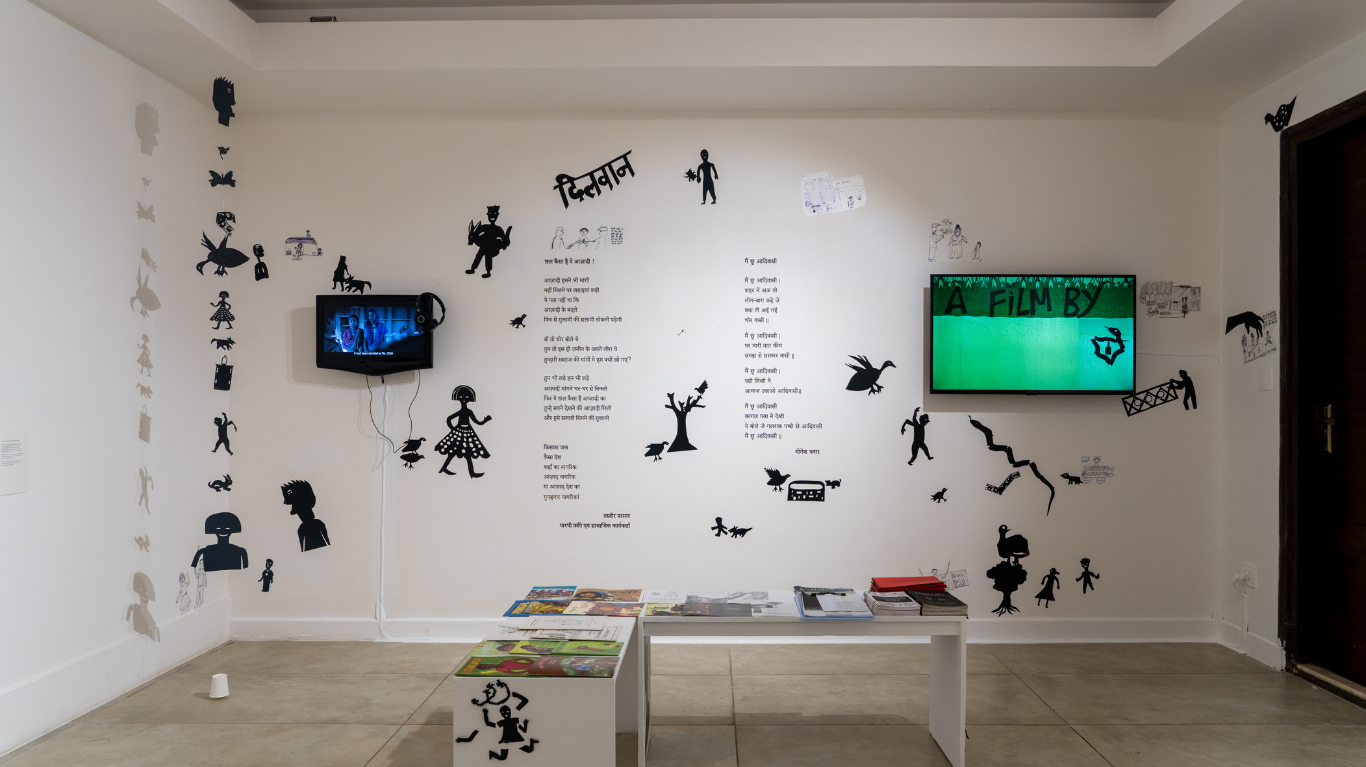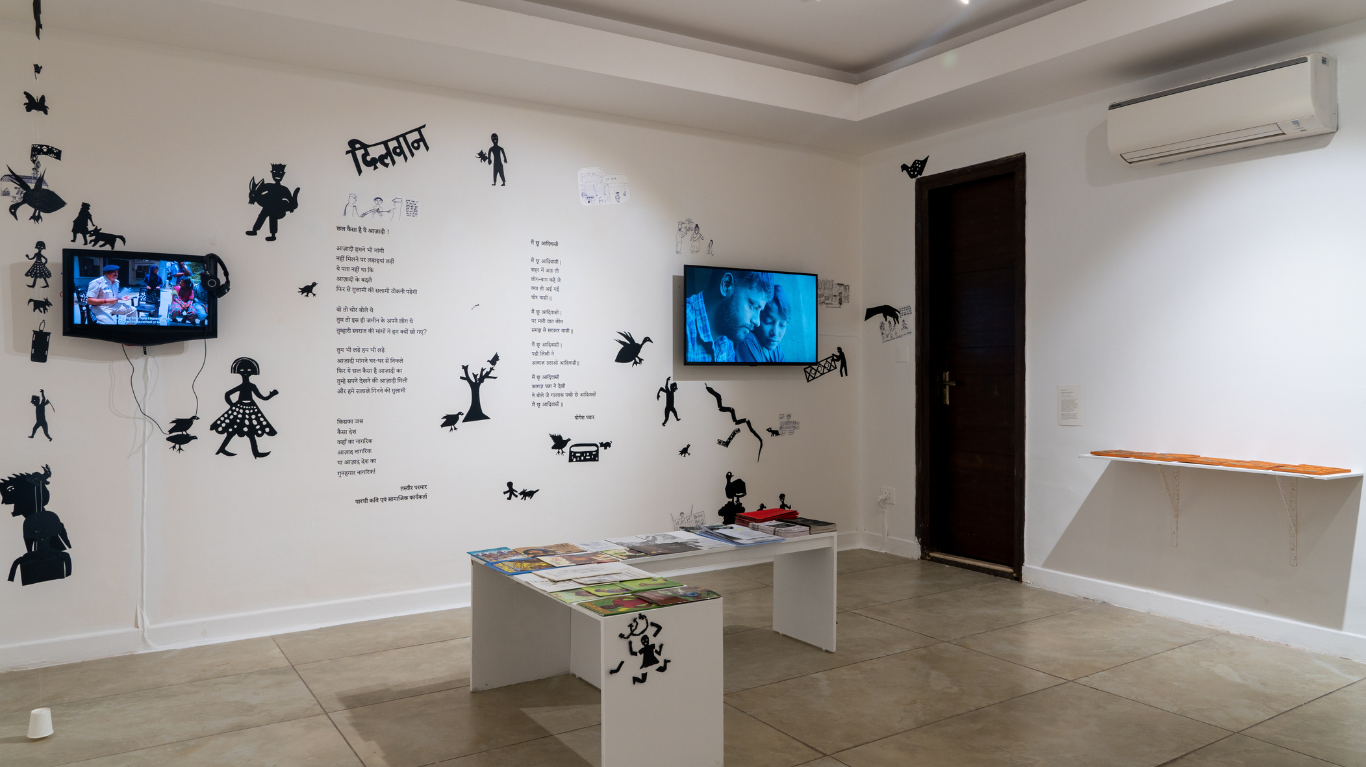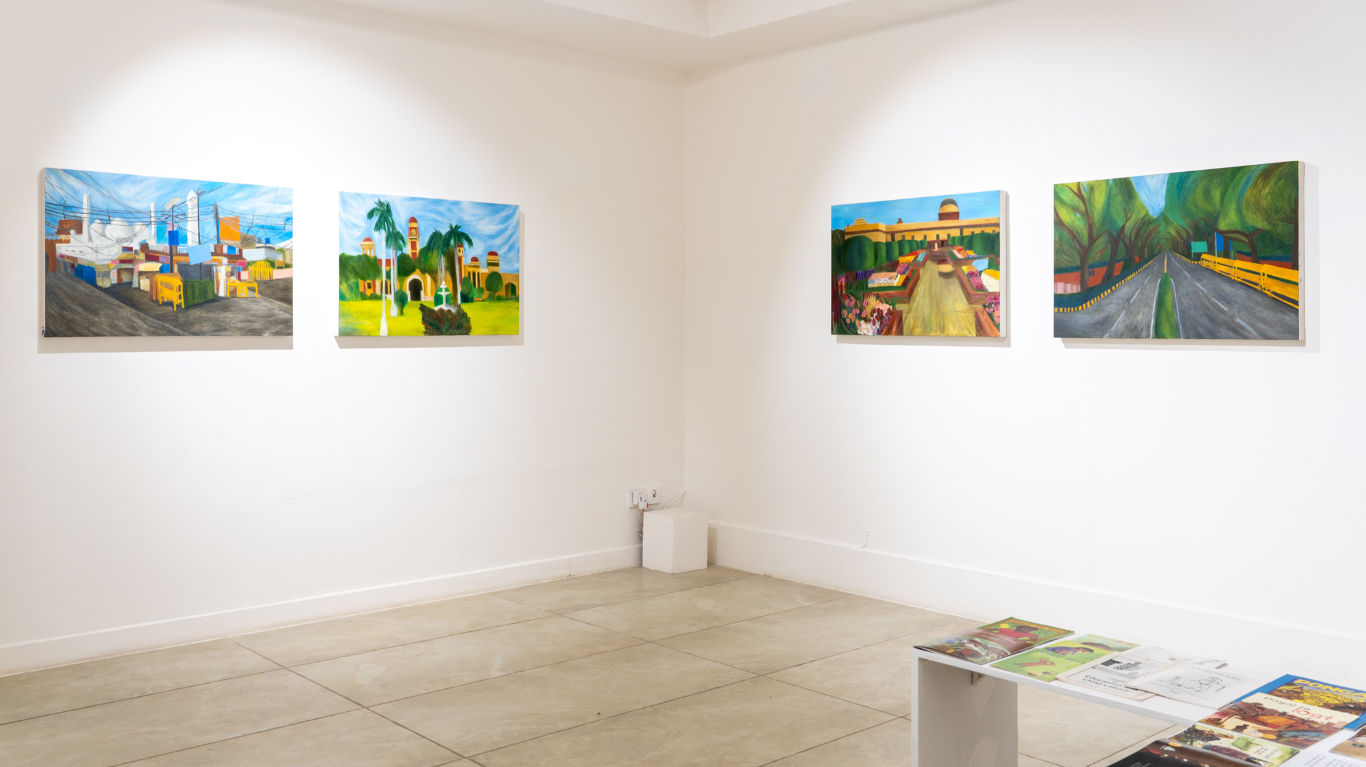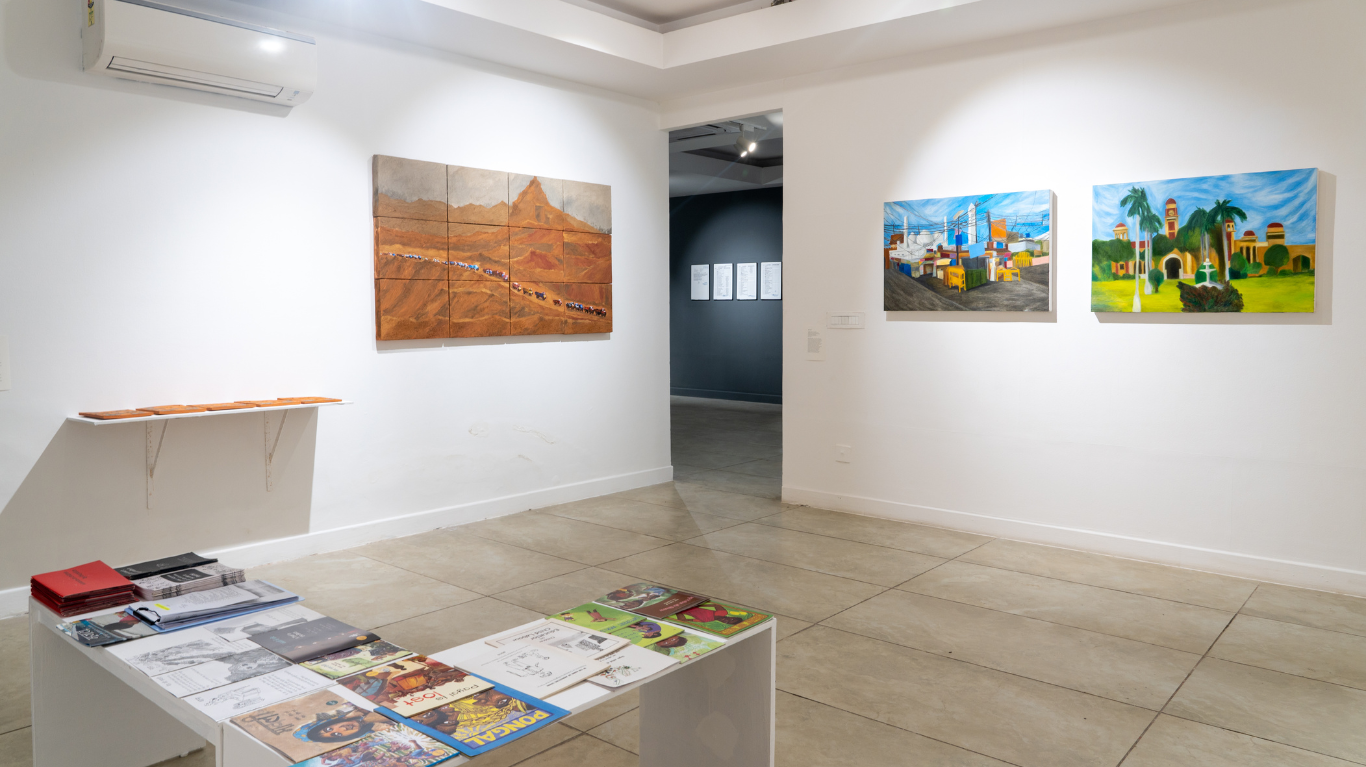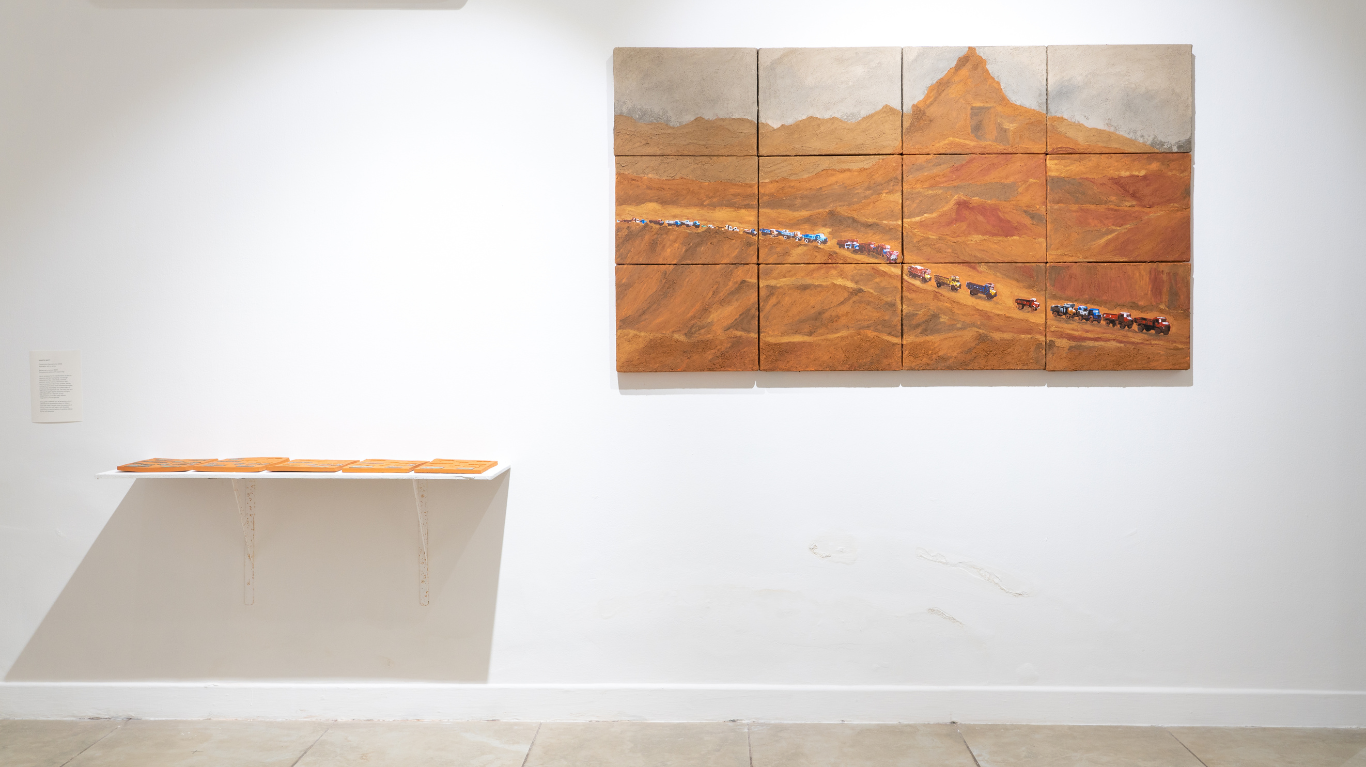-
Exhibitions
- PRAF presents: Bare Acts curated by Arushi Vats |
An Art Scribes Award Exhibition
- — Sangita Maity
- — Aban Raza
- — Biswajit Thakuria
- — Uzma Falak
- — Muskaan Foundation
- — Malik Irtiza
- — Nihaal Faizal
- — Sandip Kuriakose
- — Vikrant Bhise
-
![Construction-Deconstruction]() Construction-Deconstruction
Construction-Deconstruction
-
![Remains as a memory]() Remains as a memory
Remains as a memory
-
![Mahad Satyagraha]() Mahad Satyagraha
Mahad Satyagraha
-
![The Rise of Protests 16]() The Rise of Protests 16
The Rise of Protests 16
-
![Untitled]() Untitled
Untitled
-
![Untitled]() Untitled
Untitled
-
![Untitled]() Untitled
Untitled
-
![Suresh Kumar Koushal v. NAZ Foundation (India) Trust (Civil Appeal No. 10972 of 2013)]() Suresh Kumar Koushal v. NAZ Foundation (India) Trust (Civil Appeal No. 10972 of 2013)
Suresh Kumar Koushal v. NAZ Foundation (India) Trust (Civil Appeal No. 10972 of 2013)
-
![RTI/1242/2021-PMR]() RTI/1242/2021-PMR
RTI/1242/2021-PMR
-
![Shahid]() Shahid
Shahid
-
![Titar Udi Riye (Flying Partridges) by Students and Team from Muskaan with Maheen Mirza and Shefalee Jain]() Titar Udi Riye (Flying Partridges) by Students and Team from Muskaan with Maheen Mirza and Shefalee Jain
Titar Udi Riye (Flying Partridges) by Students and Team from Muskaan with Maheen Mirza and Shefalee Jain
-
![the smallest unit of time in Kashmir is a siege]() the smallest unit of time in Kashmir is a siege
the smallest unit of time in Kashmir is a siege
-
![Shrouded Secrets]() Shrouded Secrets
Shrouded Secrets
-
![Whispers from the Riverside]() Whispers from the Riverside
Whispers from the Riverside
-
![Mughal Garden, Rashtrapati Bhavan]() Mughal Garden, Rashtrapati Bhavan
Mughal Garden, Rashtrapati Bhavan
-
![Faizabad, Uttar Pradesh]() Faizabad, Uttar Pradesh
Faizabad, Uttar Pradesh
-
![Aurangzeb Road, Delhi]() Aurangzeb Road, Delhi
Aurangzeb Road, Delhi
-
![Allahabad University, Allahabad]() Allahabad University, Allahabad
Allahabad University, Allahabad
Prameya Art Foundation
Presents
Bare Acts
Artists and Collaborators
Aban Raza, Biswajit Thakuria, Dixita Deka, Malik Irtiza, Nihaal Faizal, Sandip Kuriakose, Sangita Maity, Uzma Falak, Vikrant Bhise, Students and team from Muskaan with Maheen Mirza and Shefalee Jain
Curated by Arushi Vats
Bare Acts is interested in interrogating the political, procedural, and embodied aspects of law. Taking law as a lived field that is generated and challenged every day, the exhibition listens closely to the experiences that are alert to the fragmented, diversionary and carceral forms of constitutionalism.
The exhibition works with the understanding that law is graded not only through entrenchment of colonial violence, but the violence of the postcolonial and settler state. Too often, law is spoken of as passive, ambient structures, either anomalous to the present (out-dated) or impersonal (“uniform”). Bare Acts refuses these understandings, and instead asks us to consider both law’s punitive presentness, its determination of constricted subjectivities, and its preclusion of liberatory futures. The prohibitory and prosecutionary present of law is seamless—renewed through means of legislation, assuming documentary forms such as ordinances, judgments, circulars and in some instances, even press releases, notifications, guidelines and social media posts; and as polysemic, specular law, enforced by agents emboldened to function beyond the purview of legal accountability. Such violence is framed as either perennial threshold zones (states of exception); as excesses/extra to the norm or as the originary fount of state-making (the legitimate use of violence). Bare Acts argues that documentary order and impunity are twined in the logic of the law and its misrule, that violence and asymmetry of power are at the very core of law.
The exhibition presents explorations of vital moments of friction, collapse and refutation that catalyse the material and phenomenological realities of law to probe at its presumed legitimacy. We listen to the affective registers of law—as witnessed and withstood by persons, landscapes, and the shadowlands of history. We return to moments of critical trespass, the breaking of law in order to claim civil rights. We punctuate law’s “eternal colonial present” with other temporal scores—the geologic time of plateaus, the allegorical time in a tale woven by children, and the passage of impossible hours through extinguished matchsticks and the growth of fingernails. We use redaction and replies as tools for unconcealment, to make things apparent. We seek traces of what will persist beyond erasure—as spectre, memory, song. We remember the names. We remember—
